
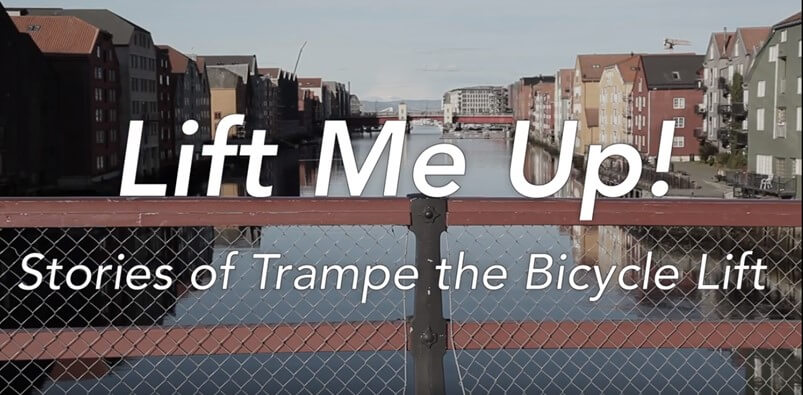
Lina Ingeborgrud;
Lina Ingeborgrud; Ivana Suboticki, Norwegian University of Science and Technology; Vivian Anette Lagesen, NTNU; Jonas Hustad, Brillefilm
"'Lift me up!' Engaging publics through film We intend to experiment with our short STS documentary entitled ’Lift me up! A story about Trampe the bicycle lift‘. The goal of the film is to introduce STS concepts, such as domestication, through an engaging case study. We want audiences to watch the film and explore how watching instigates further analysis and debate about technology and society relations."
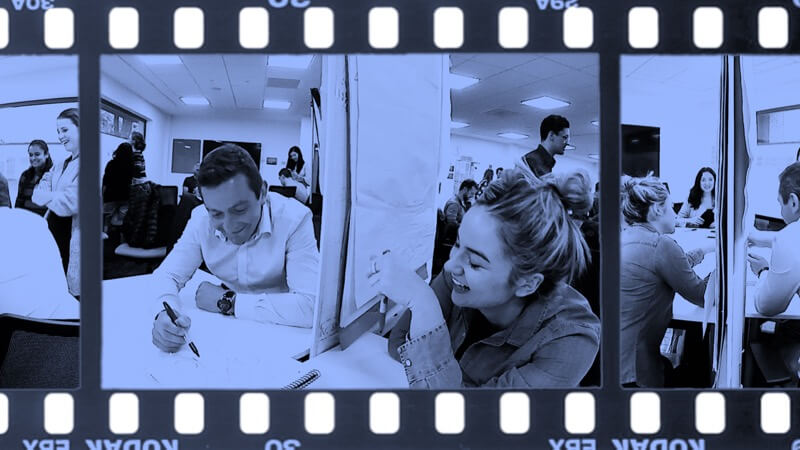
Allen Higgins, University College Dublin
"Involving over 50 creative artists – Alphaville Arts produced multi-arts storytelling by atomic survivors – indigenous communities, service personnel and civilians affected by atomic testing. Includes two immersive projections: • 'Ngurini' (searching) – forced relocation and intergenerational response of Pitjantjatjara Anangu after Britain‘s atomic testing at Maralinga in South Australia. • '10 Minutes to Midnight' – re-imagining the Maralinga experiments using archival material and surround sound. 'Nuclear' explores 'unruly' elements of the A-bomb and ongoing experimentation that plays out in the changed lives of survivor communities and environments; also contextual knowledge and art-politics of the recent South Australian Royal Commission into nuclear industry."
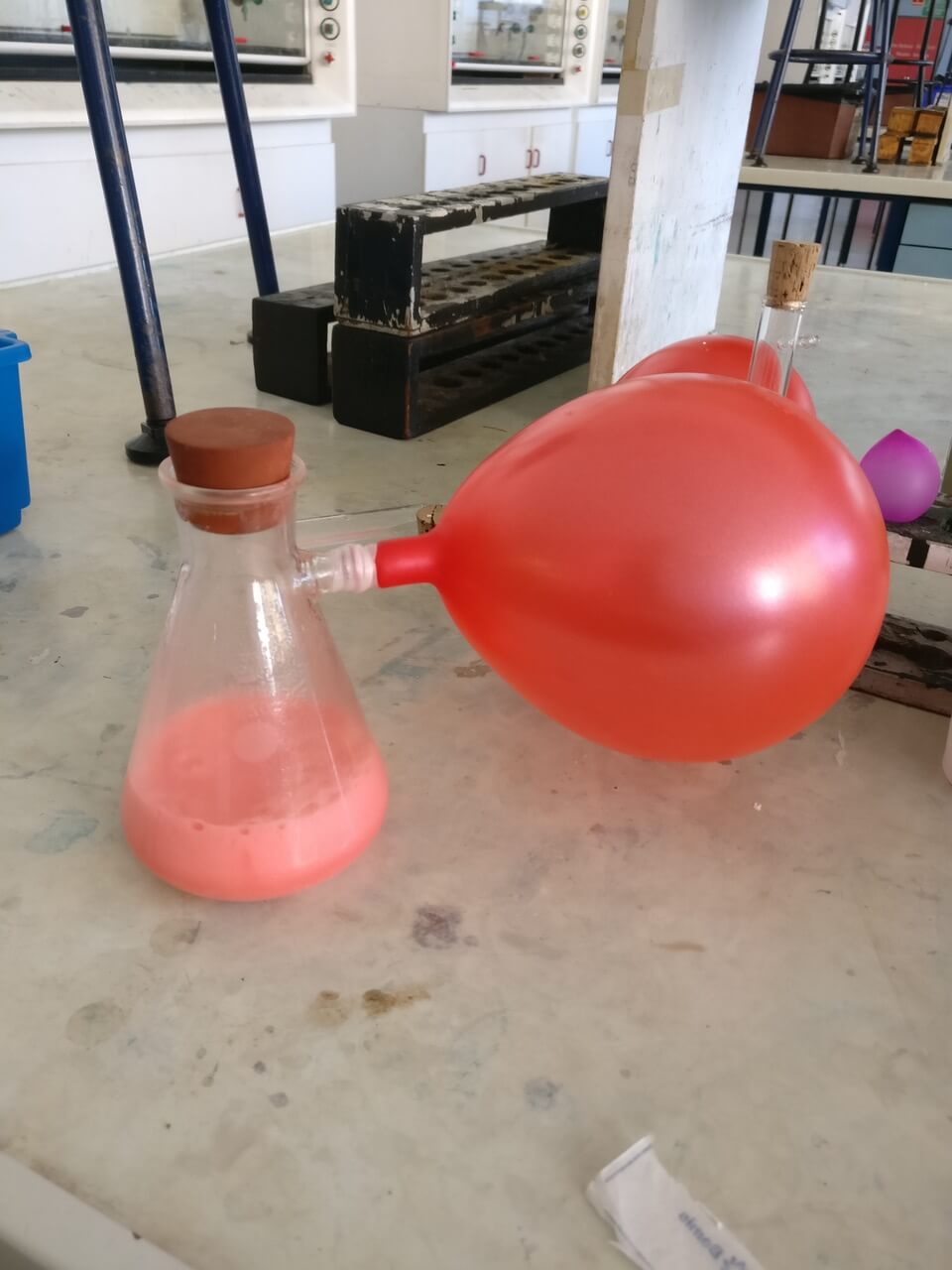
Alice Williamson, The University of Sydney; Annabelle Buda, The University of Sydney
"Science and technology are practical subjects and demonstrations and experimentation go hand-in-hand with theoretical subject knowledge. Time pressures, limited resources and low confidence are among reasons cited for minimal practical content in schools. Inspired by the success of ’meal kit‘ services that deliver subscribers food ingredients and recipes for preparation into fresh meals, The Modern Chemistry Set team have done the same for science. We are building a ’science kit‘ service for primary school teachers with ’ingredients‘ and ’recipes‘ that are ready to be cooked up into a nourishing inquiry-based science lesson."
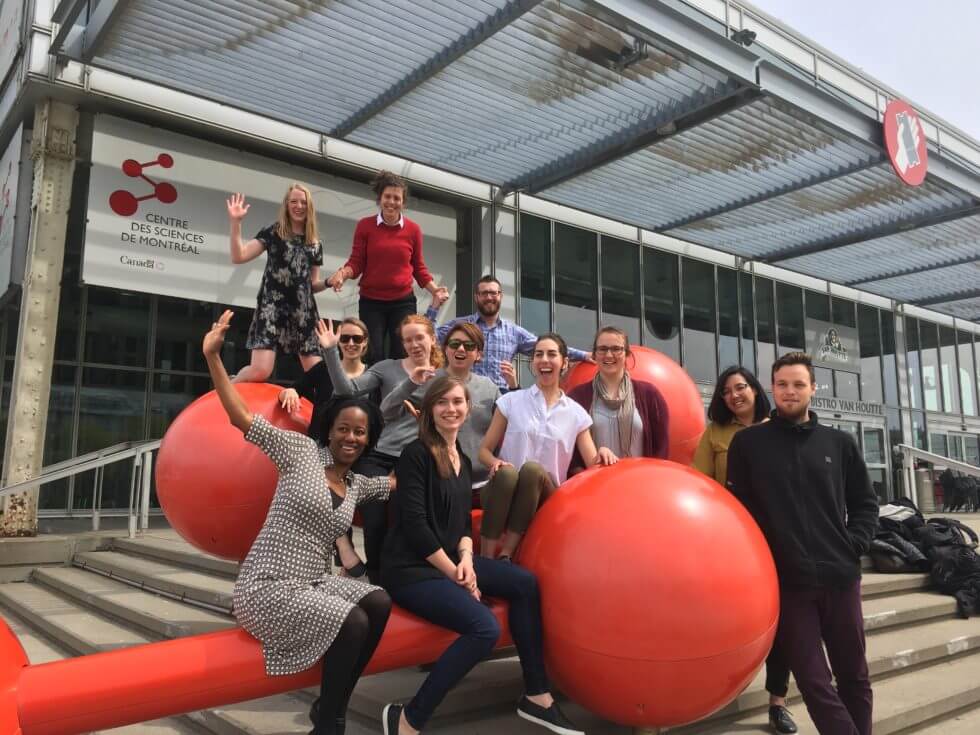
Eric Kennedy, Consortium for Science, Policy, and Outcomes – Arizona State University; Matthew Harsh, Concordia University
Science Outside the Lab North offers an eight-day immersion into the world of science policy for graduate students of all disciplines. The program is built around five days of in-depth, in-person interactions with actual policy makers, museum curators, science journalists, and politicians. In this session and discussions, we reflect on the difficulties of engaging these professionals in candid, open dialogue about their experiences and views; the use of modified Chatham House Rules as a pedagogical strategy; and the ongoing challenges in using these rules to support effective learning.
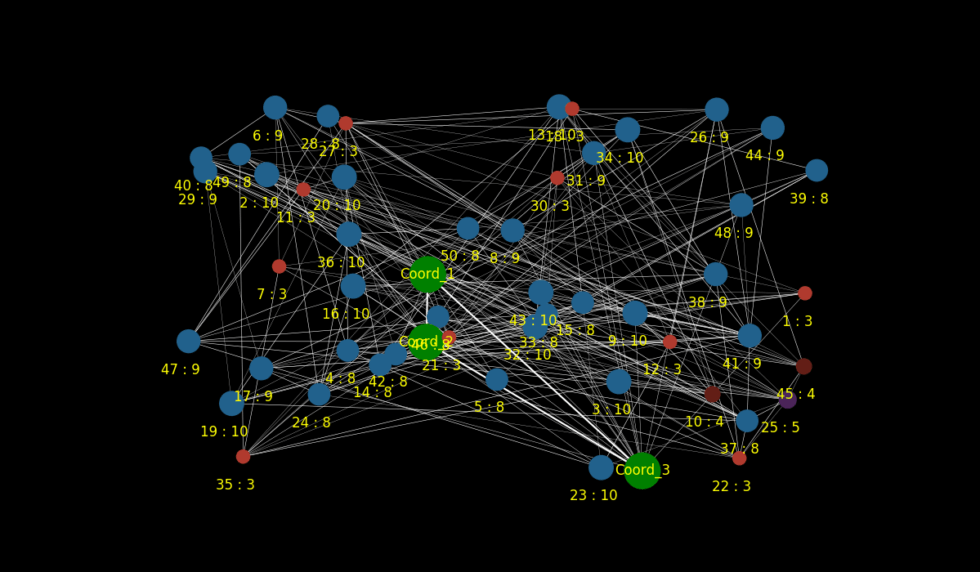
Sulfikar Amir, Nanyang Technological University; Fredy Tantri, Nanyang Technological University; Justyna Katarzyna Tasic, Nanyang Technological University
Informed by the STS sociotehnical framework, this presentation exhibits the construction of resilience through a hybrid entity whereby social, organizational, and institutional conditions are combined with the state of technical and material durability. The presentation aims to experiment with sociotechnical resilience, drawing on Amir and Kant's (2018) characterization of sociotechnical resilience in three terms, namely sociomaterial structures, informational relations, and anticipatory practices. These three aspects of socitechnical resilience are translated into an agent-based model built upon the actor-network approach.
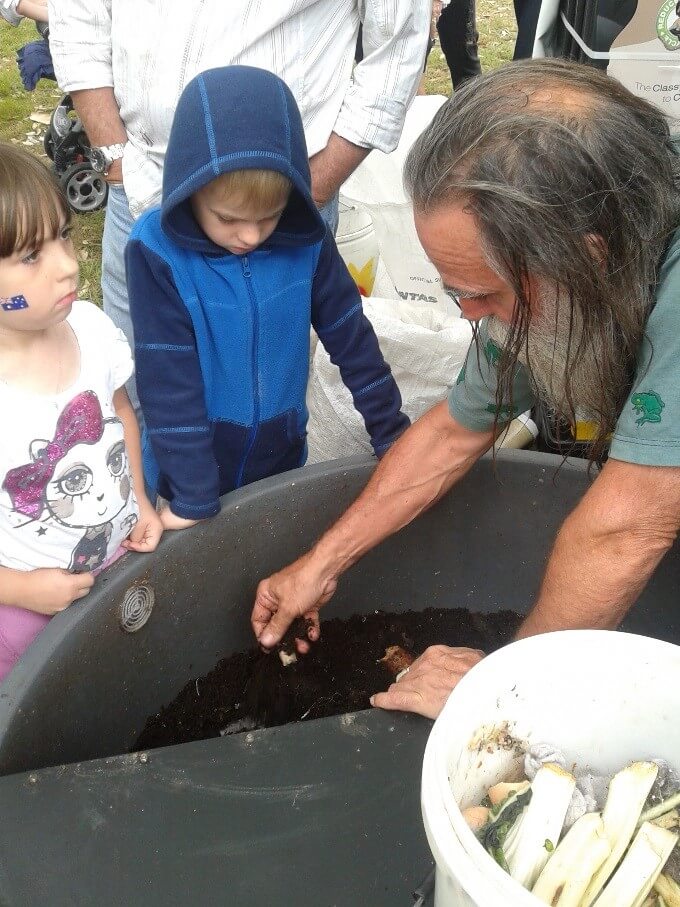
Anne O‘Brien, Australian Catholic University
In my interactive exhibit I invite participants to examine how organisms that create soil and mediate decomposition become evident, through intentional or unintentional means. Using magnification tools and pictures, as well as by compiling stories of mishaps in which compost efforts have gone wrong, I seek to inventory different kinds of encounters that make evident the interface between humans and the organisms that we depend upon in decomposition and the production of soil. How does this relationship become ethically charged? When might it inspire recognition and care?
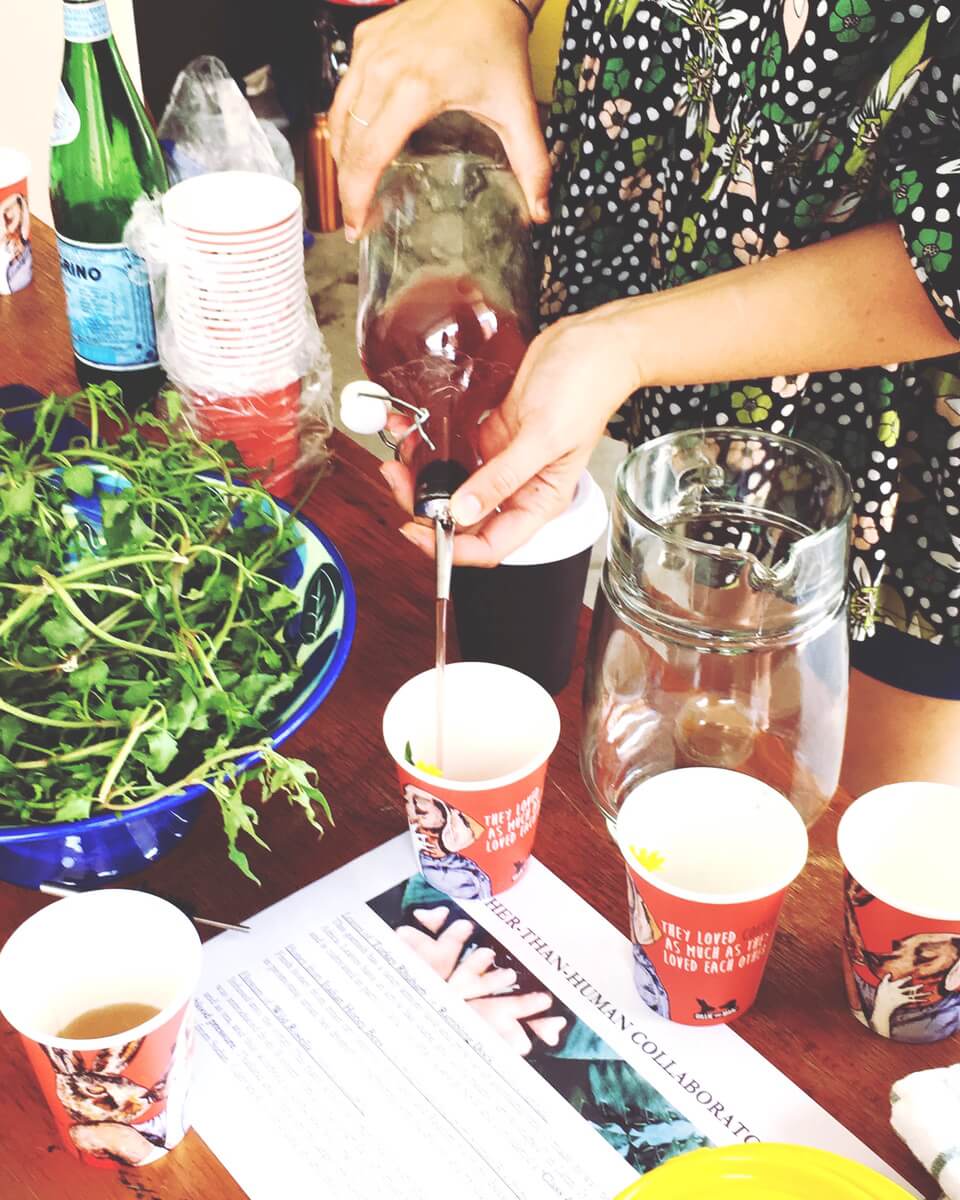
Emily Crawford;
Emily Crawford, Composting Feminism
A sensory, haptic tactical intervention to assist in the unsettling of our relationships with plants. Developing the concepts of multispecies jamming and DIY violence, a performative intervention grapples with the presumption that difference translates to ontological separation. This consumable pop up requires a valuing of plants beyond human use, opening...

Clarissa Ai Ling Lee, Emmanuel Tsekleves, Lau Sian Lun, Sabir Giga, Hwang Jung Shan, and Yong Min Hooi
A multi-modal digital performance and accompanying poster will showcase the making and doing process that the Imaginaging team from Malaysia and Lancaster have deployed into a research project on healthy aging in an urban setting. The presentation will showcase the development of situated expertise and situated knowledges in relation to other forms of knowledge and interactional expertise; this is done through the deployment of the end product of design fictions co-created with the subjects of the research project. The overall presentation intends to capture both the affective and creative labour of the researchers and research subjects.
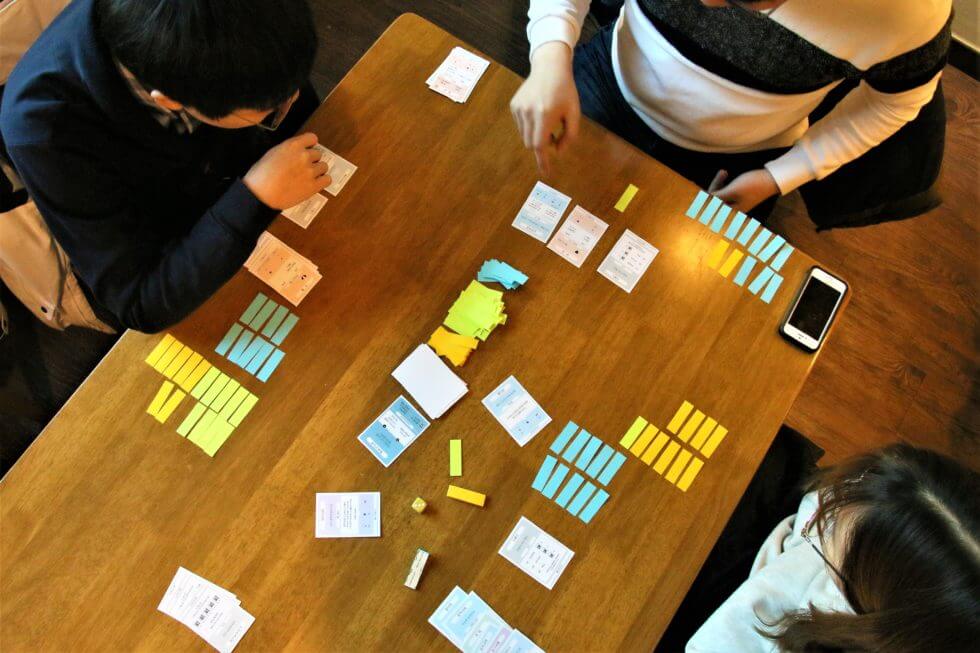
Hanbyul Jeong, KAIST
Introducing My Laboratory: The Lab-Life Simulator (IML) is a board game developed by Engineers and Scientists for Change (ESC) in South Korea. It aims to simulate a social life in university laboratories so that the players can have a virtual experience of being a graduate student. IML suggests that designing and playing a game can effectively communicate the insights from STS on the influence of power, money, and policy in scientific research and education. The developers expects that the game also provides citizens and experts with an easy access to share their expectations and experiences in science.
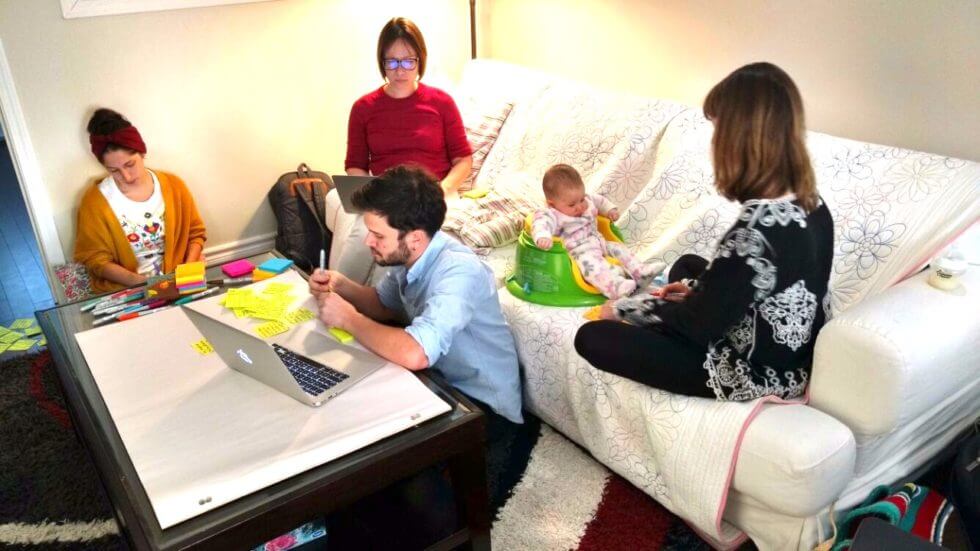
Angela Crandall Okune, University of California, Irvine; Becky Hillyer, OCSDNet; Denisse Albornoz, OCSDNet; Alejandro Posada, OCSDNet; Leslie Chan, University of Toronto – Scarborough and OCSDNet
This exhibit reflects on the action research process of running and studying a diverse network of 12 heterogeneous projects, widely distributed both geographically across a variety of social, economic and political contexts and intellectually across domains as distinct as botany, climate change, education, law, intellectual property, and the hacker/maker movement. The coordination team of the Open and Collaborative Science in Development Network (OCSDNet) will share their process of building a shared vocabulary and set of principles across these diverse projects and also on their process of developing a meta-synthesis of the 12 projects based on a grounded theory approach.
Remote Knowledge and Engagement
Julian Rutten, The University of Swinburne
What does it mean to be in-place within the technosphere? This research explores the potential for interactive and embedded technologies to meaningfully engage citizens with contemporary ecosystems and ecological processes. Understanding a place is a unique combination of social, technical, natural, and political arrangements. Distributed sensors, machine learning algorithms, and community engagement enhance our ability to understand the complexity that occurs at a local scale. This research explores the potential for these methods to enhance existing practices of ecological restoration.
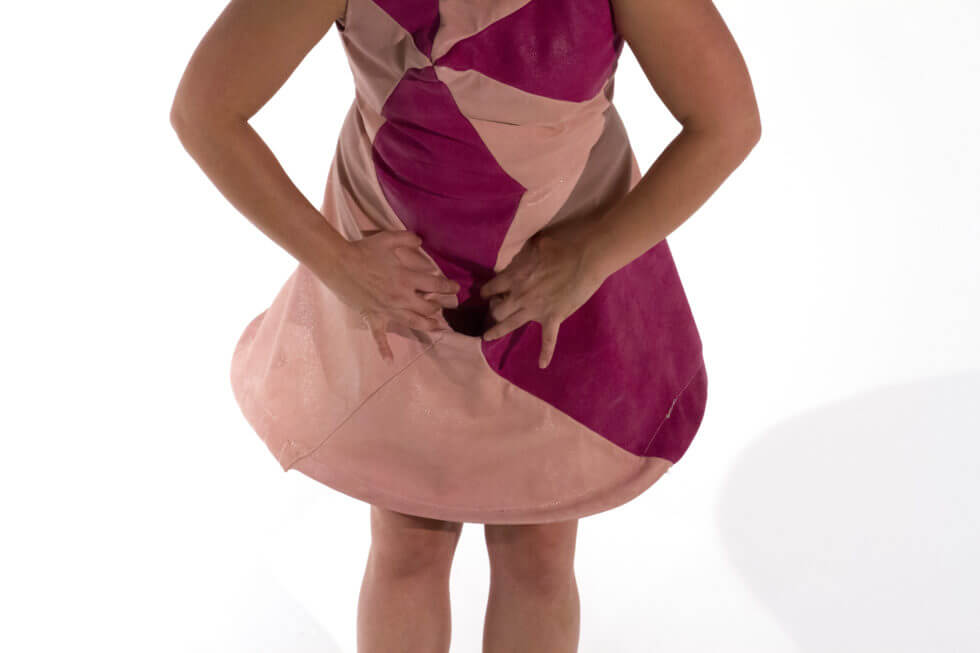
Stephen Molldrem, The University of Michigan; David Nasca, Artist; Kate O‘Connor, University Of Michigan, Ann Arbor
This booth will showcase the planning process for Science (Is Not) Fair, an event which will take place in Fall 2018 in Chicago, IL. Science (Is Not) Fair is a one-day hybrid art exhibition and academic symposium that focuses on how queer identities and bodies are shaped, affected, and often ignored by science, design practices, and biomedical systems. Our booth will include process visualizations and copies of an open-source Manual for Instigating Queer or Otherwise Radical Science Fairs: A Guide for Hustlers and Program Managers. This technical assistance document will be written as a Health Fair Manual, a genre of public health grey literature.
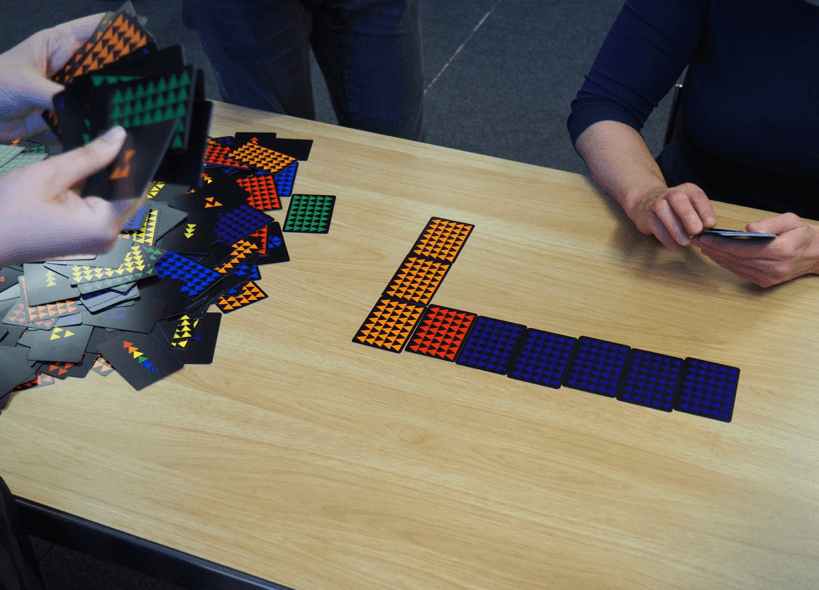
Tarsh Bates, The University of Western Australia; Erika Amethyst Szymanski, University of Edinburgh; Devon Ward, Symbiotica, University of Western Australia
We present an interdisciplinary art-STS exploration of the texture of a peculiar interspecies meeting known as SCRaMbLE, through which human biological engineers relinquish control over synthetic biology design processes and ask yeast to devise their own solutions to environmental challenges. Our work exploring SCRaMbLE through art in the form of a card game speaks to how art and STS scholarship can together explore affective dimensions of shared research questions in ways not bound by the conventions of rational scholarly discourse.
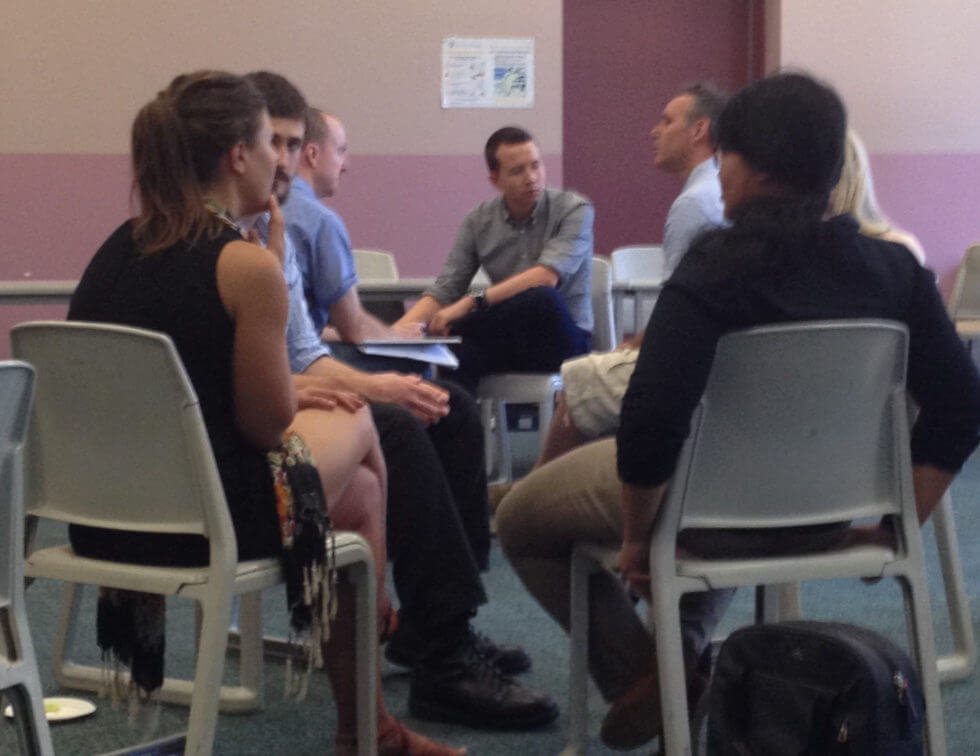
Alice Wendy Russell, Australian National University
"This contribution will involve a series of conversations. They will be orchestrated and facilitated by the presenter, but will be made and done by conference delegates who participate. The contribution seeks to demonstrate ’care‘, ’assembling‘ and the contingent and emergent nature of participation in practice. A reflection at the end will draw on STS insights and experiences from other conversations in other places. A schedule will be posted of topics and matched methods (e.g. Deficit and Expertise – fishbowl; Responsible Rhetoric in Transnational Comparison – forcefield analysis; Running out of Critique – appreciative group work)."
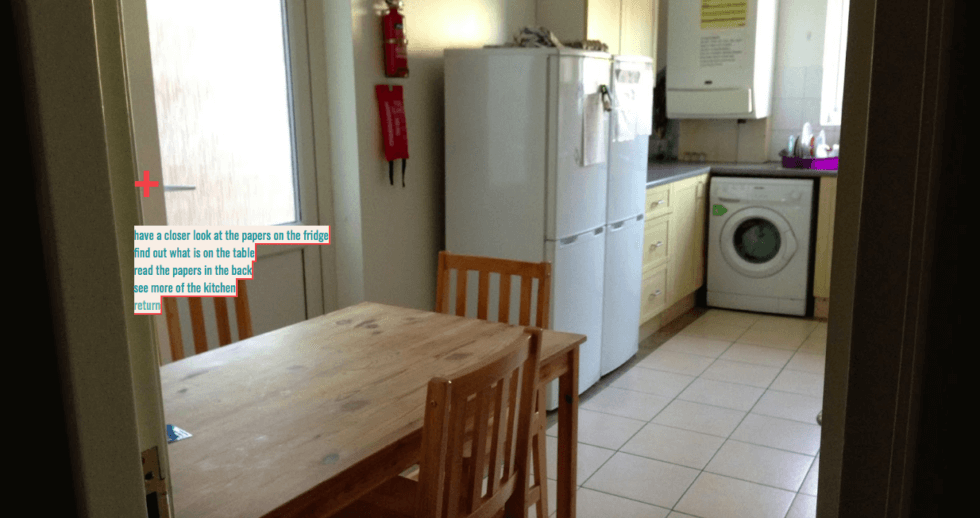
Laura Parraga Gonzalez, Freelance User Experience Researcher
The idea of a 'smart home' has recently caught the attention of many scholars, journalists and marketeers who think of 'smart homes? as environments offering unprecedented connectedness and control over living spaces. But the idea of a 'smart home? does not only exist as a particular future vision, rather, 'smart? appliances and devices are, in many contexts, already part of people?s homes. In this project, I take one of these devices, a so called 'smart meter', as a starting point to explore not only the concept of a smart home ?put into action? in a specific household, but to also look at the way we can think (anthropologically) about the changes and transformations set in place by those technologies.
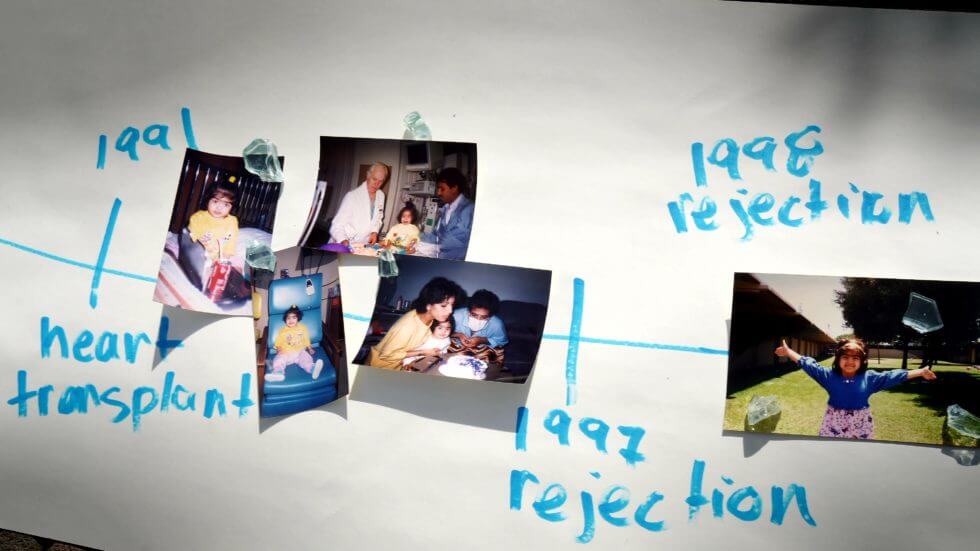
Nadine Tanio;
Nadine Tanio, UCLA, Graduate School of Education and Information Studies
My work explores how young heart transplant patients envision, articulate and navigate their transition from pediatric to adult medical care, from childhood to adulthood. I share work from an ongoing collaborative youth media research project that explores how young people transition, translate, and transform their personal experiences to shared situated knowledge. Through video shorts crafted to teach others (peers, medical and family caregivers, other transplant patients and educators) and a discussion of storytelling practices, I reflect on how narratives of positionality, of practice, and of pedagogy create communities for learning and living within the transitory spaces of high-tech modern medicine.
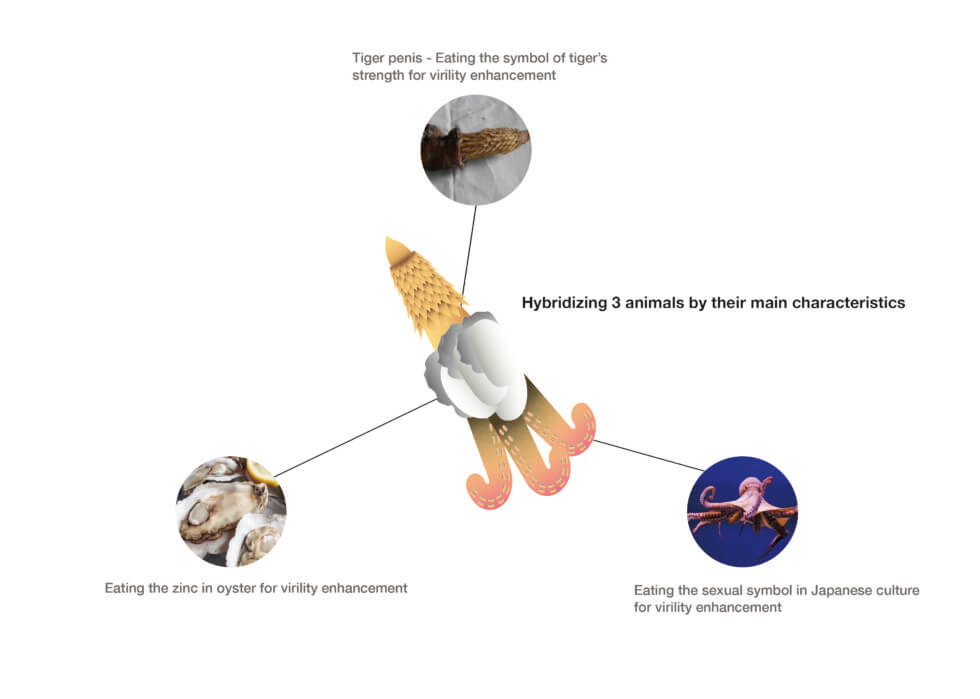
Kuang-Yi Ku, MA Social Design, Design Academy Eindhoven, Netherlands
There are some alternative medicines in different cultures, and their effects sometimes cannot be proved by scientific researches. They are usually even regarded as cultural myths, such as tiger penis for virility in traditional Chinese medicine (TCM). And the huge demand of wild animal parts as TCM results in increasing endangered animals. However, TCM still could contain a certain value which differ from mainstream western medicine. Using non-western perspectives of speculative design, this project proposes new forms of creating artificial animal part by emerging biotechnologies for Chinese medication in the future which will help to avoid putting in danger more animals. By combining Western and TCM both together, the methodology of this hybrid medicine provides more possibilities for the human society and natural environment.
Transforming the standard blackbox of time
Barbara Bok, Swinburne University of Technology
With this prototype exhibit I want to intervene in the invisible but ubiquitous work that is constructing contemporary (standard) time that is embedded in STS scholars‘ practices and the phenomena they study. It is part of my project of transforming people's relationships with the future by generating opportunities for remaking the work of standard time. An array of displays of time-making accounts makes the work of constructing and imposing standard time perceptible. Activities stimulate participants to identify characteristics of standard time, examine and reflect on the effects of different time-constructing practices, and uncover unacknowledged assumptions and effects as they explore new time-making practices.
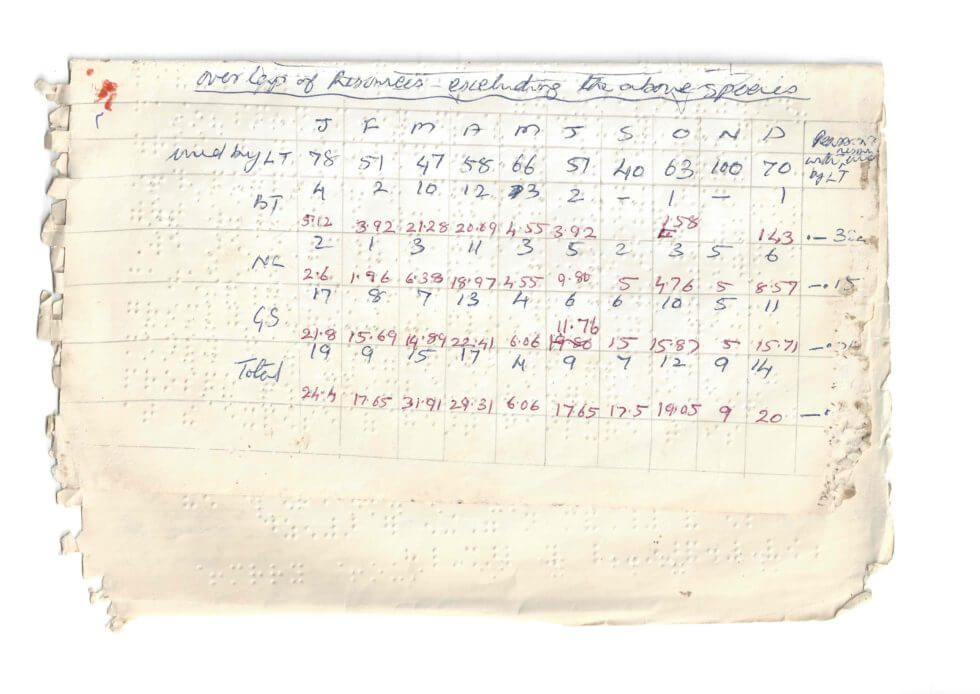
Venkat Srinivasan, Archivist
The best indication to the vitality of an archive is its ability to shed light on context and process, and on the connections between memory, database and the narrative. The word that connects all these ideas to the archival object is annotation. It is through annotation/classification that we come to understand how memory can be boxed into an archival object, and it is through annotation/description that we begin to realize how an archival object can sit in diverse narratives. We are working on two digital tools to display this. One is Milli, a story building portal. Another is Specere, a dynamic and weighted annotation tool.
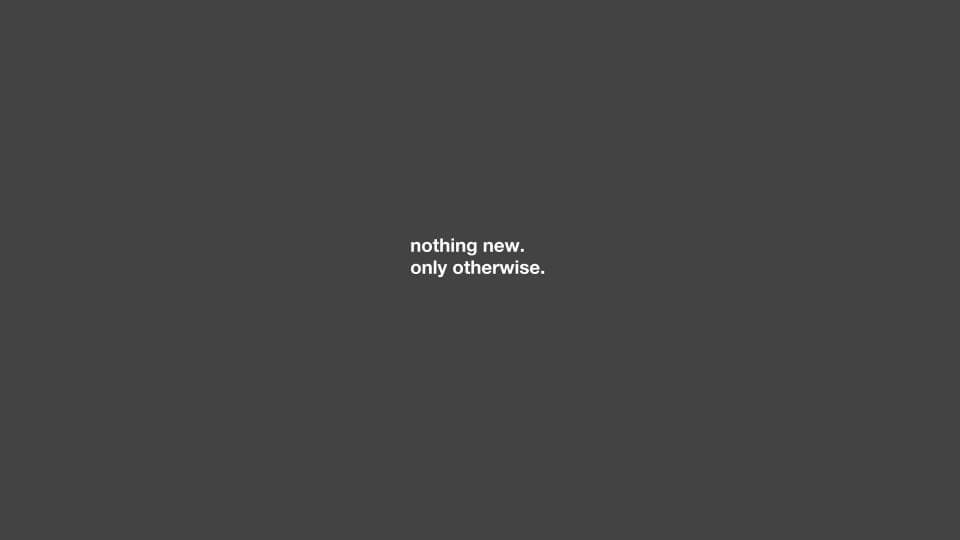
Sankalp Bhatnagar, The New School
This presentation formulates three concepts—end-ups, else-organising systems, second-order users—in order to confront challenges of design, in relation to its unintended consequences on institutions throughout society.
